Refine search
Actions for selected content:
36807 results in Cambridge Textbooks
Chapter 2 - Fundamentals of Fluid Mechanics
-
- Book:
- Aerodynamics for Engineers
- Published online:
- 04 September 2021
- Print publication:
- 12 August 2021, pp 33-87
-
- Chapter
- Export citation
Preface
-
- Book:
- Aerodynamics for Engineers
- Published online:
- 04 September 2021
- Print publication:
- 12 August 2021, pp xi-xiv
-
- Chapter
- Export citation
Chapter 13 - Aerodynamic Design Considerations
-
- Book:
- Aerodynamics for Engineers
- Published online:
- 04 September 2021
- Print publication:
- 12 August 2021, pp 711-775
-
- Chapter
- Export citation
Appendix B - A Collection of Often Used Tables
-
- Book:
- Aerodynamics for Engineers
- Published online:
- 04 September 2021
- Print publication:
- 12 August 2021, pp 799-806
-
- Chapter
- Export citation
Chapter 5 - Characteristic Parameters for Airfoil and Wing Aerodynamics
-
- Book:
- Aerodynamics for Engineers
- Published online:
- 04 September 2021
- Print publication:
- 12 August 2021, pp 226-293
-
- Chapter
- Export citation
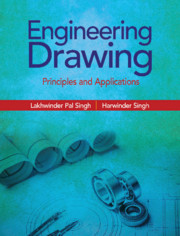
Engineering Drawing
- Principles and Applications
-
- Published online:
- 11 August 2021
- Print publication:
- 15 April 2021
-
- Textbook
- Export citation
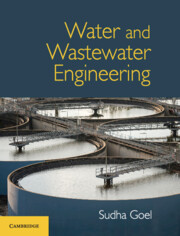
Water and Wastewater Engineering
-
- Published online:
- 11 August 2021
- Print publication:
- 21 November 2019
-
- Textbook
- Export citation
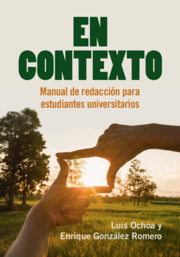
En Contexto
- Manual de redacción para estudiantes universitarios
-
- Published online:
- 07 August 2021
- Print publication:
- 19 August 2021
-
- Textbook
- Export citation
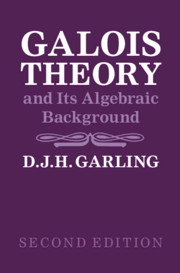
Galois Theory and Its Algebraic Background
-
- Published online:
- 05 August 2021
- Print publication:
- 22 July 2021
-
- Textbook
- Export citation
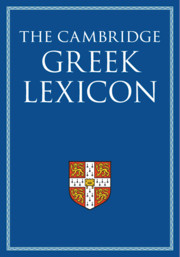
The Cambridge Greek Lexicon
-
- Published online:
- 05 August 2021
- Print publication:
- 22 April 2021
-
- Textbook
- Export citation

Singularities, Bifurcations and Catastrophes
-
- Published online:
- 04 August 2021
- Print publication:
- 24 June 2021
-
- Textbook
- Export citation
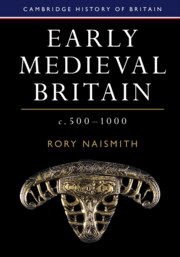
Early Medieval Britain, c. 500–1000
-
- Published online:
- 04 August 2021
- Print publication:
- 15 July 2021
-
- Textbook
- Export citation
References
-
- Book:
- Learning and Teaching in Early Childhood
- Published online:
- 29 July 2021
- Print publication:
- 02 August 2021, pp 258-283
-
- Chapter
- Export citation
Chapter 1 - The early childhood teacher
- from Part 1 - Teaching as inquiry
-
- Book:
- Learning and Teaching in Early Childhood
- Published online:
- 29 July 2021
- Print publication:
- 02 August 2021, pp 3-20
-
- Chapter
- Export citation
Index
-
- Book:
- Learning and Teaching in Early Childhood
- Published online:
- 29 July 2021
- Print publication:
- 02 August 2021, pp 284-292
-
- Chapter
- Export citation
Chapter 2 - Working within early childhood learning environments
- from Part 1 - Teaching as inquiry
-
- Book:
- Learning and Teaching in Early Childhood
- Published online:
- 29 July 2021
- Print publication:
- 02 August 2021, pp 21-46
-
- Chapter
- Export citation
Acknowledgements
-
- Book:
- Learning and Teaching in Early Childhood
- Published online:
- 29 July 2021
- Print publication:
- 02 August 2021, pp xiii-xiv
-
- Chapter
- Export citation
Contents
-
- Book:
- Learning and Teaching in Early Childhood
- Published online:
- 29 July 2021
- Print publication:
- 02 August 2021, pp vii-x
-
- Chapter
- Export citation
Dedication
-
- Book:
- Learning and Teaching in Early Childhood
- Published online:
- 29 July 2021
- Print publication:
- 02 August 2021, pp v-vi
-
- Chapter
- Export citation
Chapter 3 - Co-constructing learning with children
- from Part 1 - Teaching as inquiry
-
- Book:
- Learning and Teaching in Early Childhood
- Published online:
- 29 July 2021
- Print publication:
- 02 August 2021, pp 47-67
-
- Chapter
- Export citation
